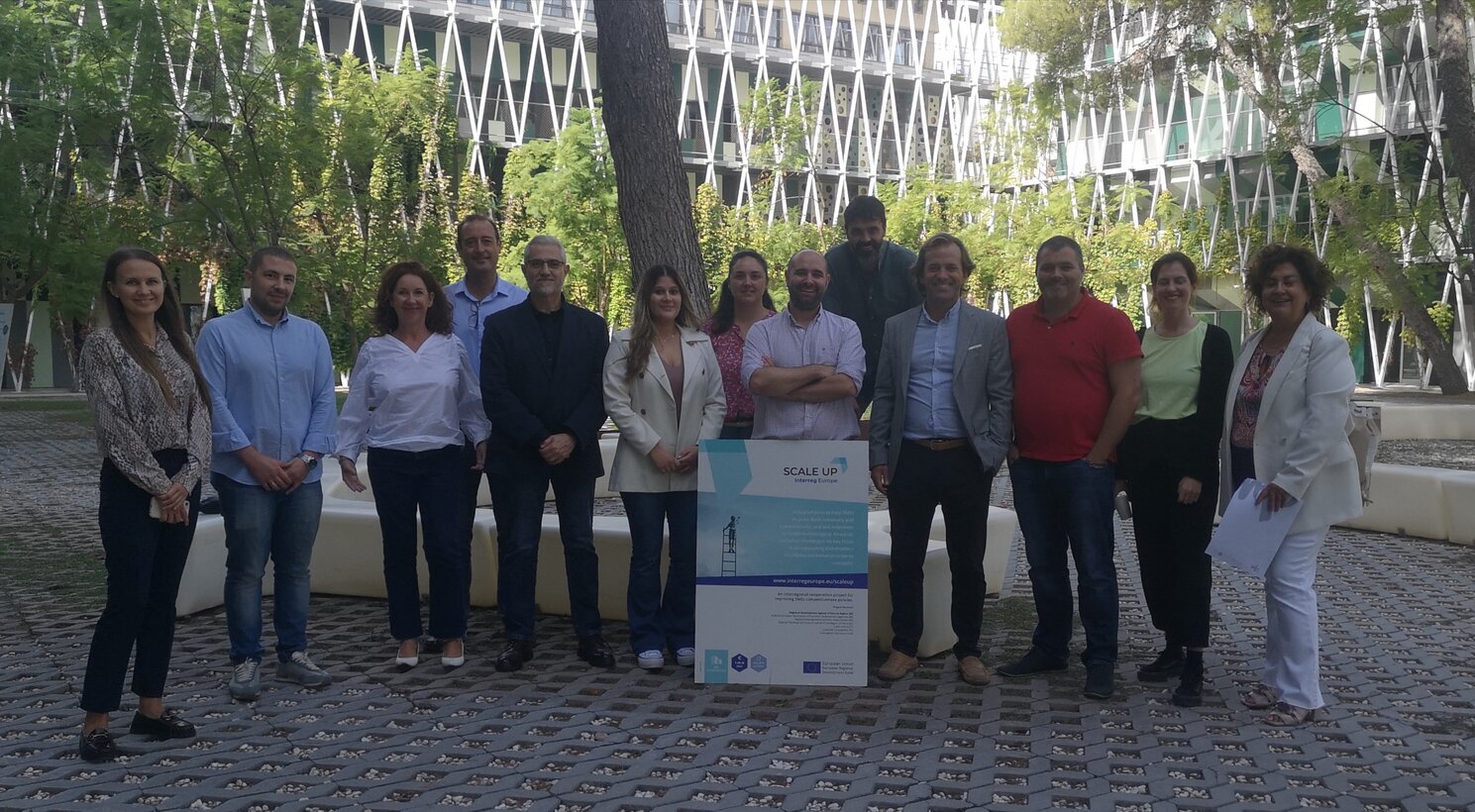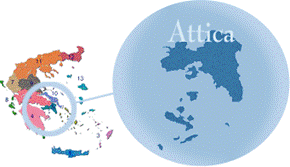Reviewing the impact of pandemic and likely performance of EU SMEs in the last two years
 The European Innovation Council and SMEs Executive Agency (EISMEA) has published its Annual Report on European SMEs 2020/2021, one of the main tools the European Commission uses to monitor and assess countries’ progress in implementing the SME strategy and the Small Business Act (SBA).The annual report provides a synopsis of the size, structure and importance of SMEs to the European economy and an overview of their past and forecasted performance. Microenterprises are not included in the analysis. In addition, the European Commission also provides an SME fact sheets at European and national level.
The European Innovation Council and SMEs Executive Agency (EISMEA) has published its Annual Report on European SMEs 2020/2021, one of the main tools the European Commission uses to monitor and assess countries’ progress in implementing the SME strategy and the Small Business Act (SBA).The annual report provides a synopsis of the size, structure and importance of SMEs to the European economy and an overview of their past and forecasted performance. Microenterprises are not included in the analysis. In addition, the European Commission also provides an SME fact sheets at European and national level.
With an emphasis on the priorities under the SME strategy and the SBA, the review brings comprehensive information on the performance of SMEs in the EU and a wealth of data on the status of SMEs in Europe today. The first part of the report reviews the impact of the pandemic on EU SMEs in 2020, and the likely performance of EU SMEs in 2021. The second part of the report focuses on the digitalisation of SMEs.
EU-27 SMEs and the Covid-19 pandemic
2020 was a tumultuous year for EU SMEs, as well as for EU businesses and citizens more generally. The Covid-19 crisis brought to an abrupt halt or even reversed the gains made by the EU SME sector over the past decade. Many industries, especially in the SME-intensive services sector, experienced large declines in sales as a result of the various lockdowns and other measures introduced by the Member States to fight the spread of Covid-19. However, the various business support measures implemented by the Member States during the pandemic limited the employment impact of the decline in economic activity. Not surprisingly, accommodation and food service activities were by far the most affected. SMEs in the digital sector were almost able to maintain the level of value added generated compared to 2019 and performed better than others. A similar trend is expected for 2021.
State of SME digitalisation
According to the annual report 2020, the extent of enterprise digitalisation varies not only with the size of the enterprise but also across Member States. An analysis of the state of digitalisation of small and medium-sized* EU-27 SMEs reveals three distinct groups of Member States:
- A first cluster of Member States (BG, EL, HU, IT, LV, PL, RO, SK) in which small and medium-sized SMEs clearly lagged behind their peers in other EU-27 Member States.
- A second cluster of Member States (AT, CY, CZ, DE, EE, ES, FR, HR, LT, LU, PT, SI) in which the digitalisation of small and medium-sized SMEs was broadly similar to the EU-27 average.
- A third group of Member States (BE, DK, FI, IE, MT, NL, SE) in which small and medium-sized SMEs outperformed their peers in the other two groups.
Key challenges for SMEs on European scale
With respect to the transition towards a smart and green economy, the annual report identifies two major challenges:
- Compared to 2015, the proportion of SMEs offering green products or services has not increased. About one third of EU Member States do not have dedicated schemes fostering the adaptation of SMEs to environmental and energy regulations. Green public procurement is also developing slowly.
- Skills, training, innovation and digitalisation remain key challenges for SMEs in a large number of Member States. The lack of adequate access to technical skills or highly skilled workers is a commonly identified challenge. The share of people employed who have ICT specialist skills has even declined since 2015 and ICT skills training for employees is not progressing fast.











